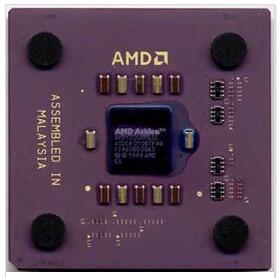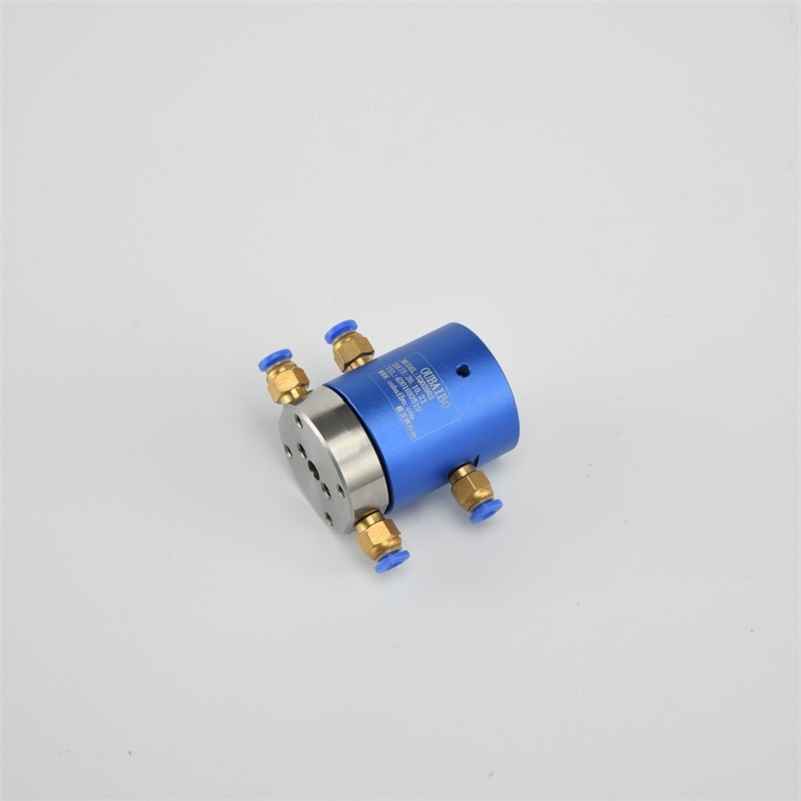Is the accumulator the difference between registers, registers, accumulators, and scratchpads?
Registers, which are very important memory cells in integrated circuits, usually consist of flip-flops. In integrated circuit design, registers can be divided into two types: registers used internally by the circuit and registers that serve as internal and external interfaces. The internal registers cannot be accessed by external circuits or software, but only store the function for the internal circuit or meet the timing requirements of the circuit. The interface registers can be accessed by internal circuits and external circuits or software at the same time. The registers in the CPU are one of them. As an interface between software and hardware, they are well-known to a wide range of general-purpose programming users.
The purpose of the register1. Arithmetic and logic operations can be performed on the data in the register.
2. The address stored in the register can be used to point to a location in memory, that is, addressing.
3, can be used to read and write data to the computer peripherals.

In a central processor, an accumulator is a register that stores intermediate results produced by calculations. If there are no registers such as accumulators, the result must be written back to memory after each calculation (addition, multiplication, shift, etc.) and may be read right away. However, the speed of accessing the main memory is slower than the access from the arithmetic logic unit to the accumulator with a direct path.
The role of accumulator1. In an operator, an accumulator is a register that stores an operand and result of an arithmetic or logical operation. It can add, subtract, read, shift, rotate and complement. Is the main part of the calculator.
2. In the CPU, an accumulator is a temporary register that is used to store intermediate results generated by calculations. If there are no registers like accumulators, then after each calculation (addition, multiplication, shift, etc.) the result must be written back to memory and then read back. However, accessing main memory is slower than access from the math logic unit (ALU) to the accumulator with a direct path.
3. In assembly language programs, the accumulator - AX is a very important register, but when used to save temporary data in the program, it is finally saved to other registers or memory cells to prevent other instructions During the execution of the data, the data in the data is modified so that incorrect results can be obtained, which may cause unnecessary troubles for the debugging of the program.

The scratchpad is used to temporarily store things that are registered by the data bus or general purpose. It is part of the central processor. Registers are high-speed storage units of limited storage capacity that can be used to temporarily store instructions, data, and addresses.
Register structureIn the control part of the CPU, the temporary registers included are an instruction register (IR) and a program counter (PC). In the central processor's arithmetic and logic components, the accumulator contains an accumulator (ACC).
In the computer architecture, the scratchpads in the processor are small and fast computer memories, which provide fast and common access to values ​​to speed up the execution of the computer program - typically at a known point in time. The value in the middle of the calculation.
The scratchpad is the top of the memory hierarchy and the fastest way to manipulate data. The scratchpads are usually measured by the number of bits they can save. The scratchpads are now implemented as a scratchpad array, but they may also be implemented using separate flip-flops, high-speed core memory, thin-film memory, and other methods on several machines.
This term is often used to refer to a group of scratchpads that can be directly indexed by the output or input of an instruction. It is more appropriate to refer to them as "architecture registers." For example, the x86 instruction defines a set of eight 32-bit registers, but a CPU that implements the x86 instruction set can contain more than eight registers.

Data register - used to store integer numbers (refer to floating point registers below). In some simple/old CPUs, special data registers are accumulators used as mathematical calculations.
The address register - holds the memory address and is used to access the memory. In some simple/old CPUs, a special address register is an index register (one or more may occur).
General purpose temporary registers (GPRs) - can save both data or address, that is to say they are combined with data / address register function.
Floating point registers (FPR s) - used to store floating point numbers.
Constant register - used to hold read-only values ​​(eg 0, 1, pi, etc.).
Vector register - used to store the data obtained by the vector processor to execute the SIMD instruction.
Special-purpose registers - store CPU internal data such as program counters (or instruction pointers), stack registers, and status registers (or microprocessor status words).
Instruction register (English: instrucTIon register) - store instructions that are now being executed
The index register (English: Index_register) is used to change the operand location in the program execution.

The sign of the accumulator is A. As the name implies, it means plus, but it can also be a register, in addition to being an accumulator.
For the accumulator, there are some special instructions specifically for the accumulator, such as the RL in the 8086, and mul instructions, and in the 51 microcontroller RL corresponding register can only be A, in short A is a very special register, In addition to registers, accumulators can also be used.
What is the difference between registers, accumulators, and registers?1. The register is the internal memory of the CPU, ie the register is a part of the CPU. Registers are high-speed storage units with limited memory capacity that can be used to temporarily store instructions, data, addresses, and so on.
2. Inside the CPU, the accumulator is a register, and all mathematical operations must be passed and calculated by it.
3, refers to the register from the register and memory terms: the register is the CPU in the storage unit, and the CPU is close, so the CPU is usually used in the operation of the register transfer station. The memory is a memory external to the CPU, for example, RAM, ROM.
As the name implies, a temporary register is a temporary storage of a certain number of data registers or memory. For example, both the target register and the result register already have data, which requires a third data input; a logic signal is often used multiple times during programming, and intermediate results need to be temporarily memorized.
What is a miniature slip ring? Miniature slip rings are rotary electrical connectors that allow power and data to be transferred between a stationary and rotating structure. They are often used in medical, military, and aerospace applications where size and weight are critical factors.
A miniature slip ring typically consists of two parts: a stationary housing and a rotating contact assembly. The contact assembly contains the brushes that make electrical contact with the rotating structure, as well as the rings that conduct current or data.
The housing can be made from any number of materials, including metals, plastics, and composites. It is typically designed to be as small and lightweight as possible while still providing adequate strength and durability.
The contact assembly is made from precious metals such as gold or silver in order to provide good electrical conductivity.
Technology improves with the continuous development of precision machinery. The more sophisticated the equipment, the smaller the volume will be. And the space that can be accommodated for installing the slip ring is also very small. The key parts of some equipment are quite a district. Especially in the high-end military, aerospace and aviation fields. 360-degree rotation is required to transmit current and signals. And the installation space is greatly reduced. It is to make the equipment work more smoothly. Therefore, it is necessary to design the slip ring to be small and exquisite. Otherwise, it won't meet the needs of the installation.
At the same time, we have moved with the continuous development of science and technology. Various high-end precision instruments have been developed. It requires the slip ring to transmit the current amount of general power. Also often undertake the transmission of weak electrical signals and various weak signals. The transmission medium is wider, and the number of loops of the slip ring is increasing.

Miniature Slip Ring,Slip Ring Parts,Slip Ring Type Induction Motor,Slip Ring Rotor
Dongguan Oubaibo Technology Co., Ltd. , https://www.sliprob.com